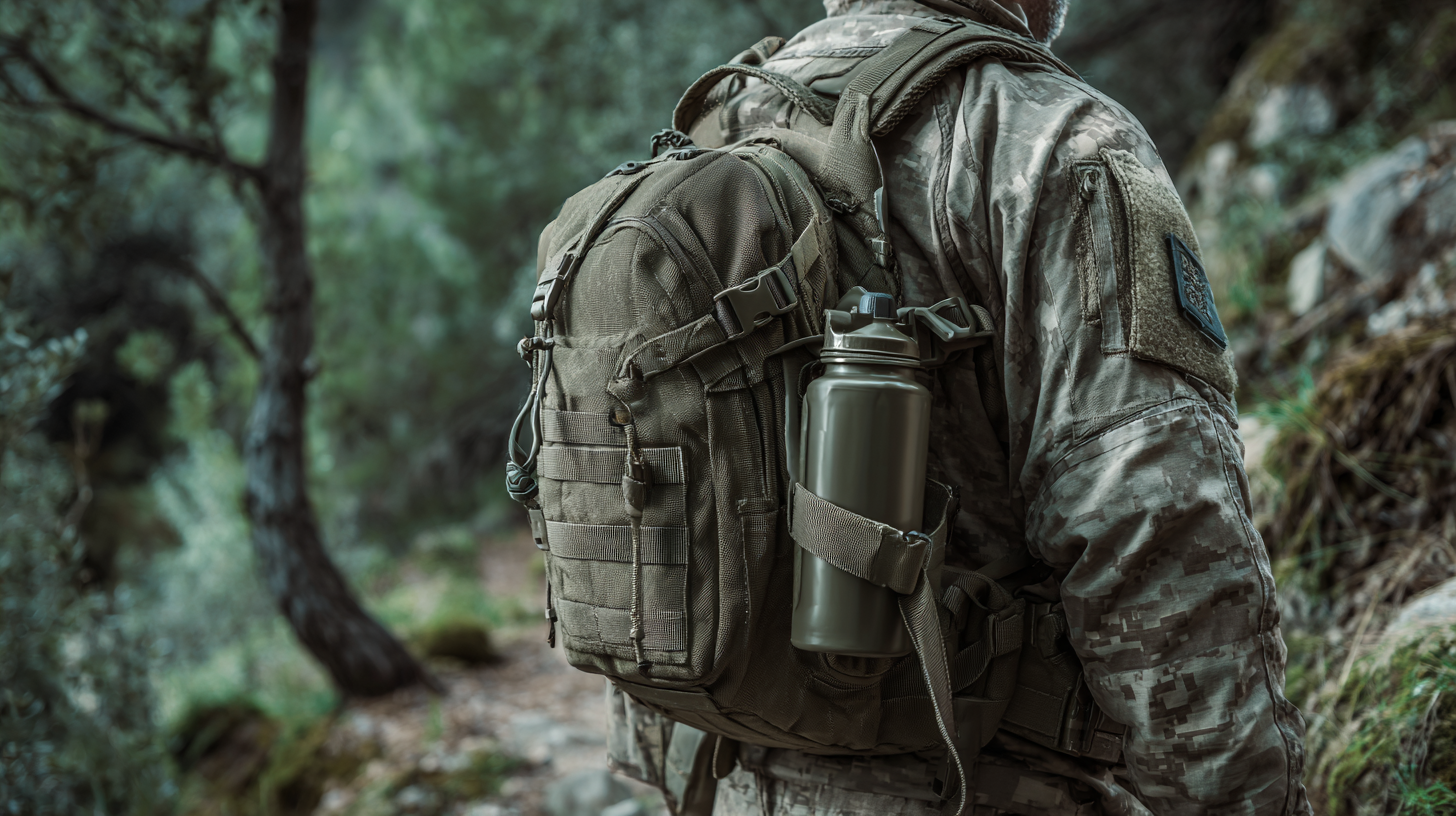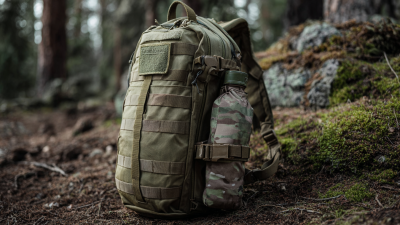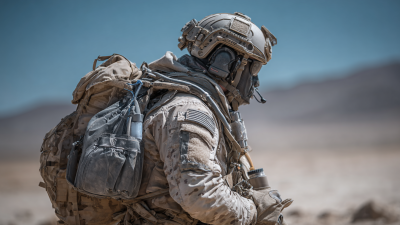Exploring the Evolution and Efficiency of Military Hydration Bags: A Deep Dive into Survival Science
In the realm of survival science, the design and functionality of the Military Hydration Bag have seen significant evolution, reflecting the changing demands of modern military operations. According to a report by the U.S. Army Research Institute of Environmental Medicine, up to 60% of service members can experience heat-related illnesses during strenuous activities if not adequately hydrated. Military Hydration Bags address this critical need by providing on-the-go hydration solutions that combine portability, capacity, and user-friendly features. Recent advancements in materials and design have optimized these bags for enhanced efficiency, enabling soldiers to maintain peak performance in challenging environments. Furthermore, a study from the National Center for Biotechnology Information emphasized that proper hydration directly correlates with improved cognitive function and physical endurance, underscoring the importance of such innovations in military settings. As we explore the intricate details of Military Hydration Bags, we uncover how these essential tools have transformed survival techniques for today’s armed forces.
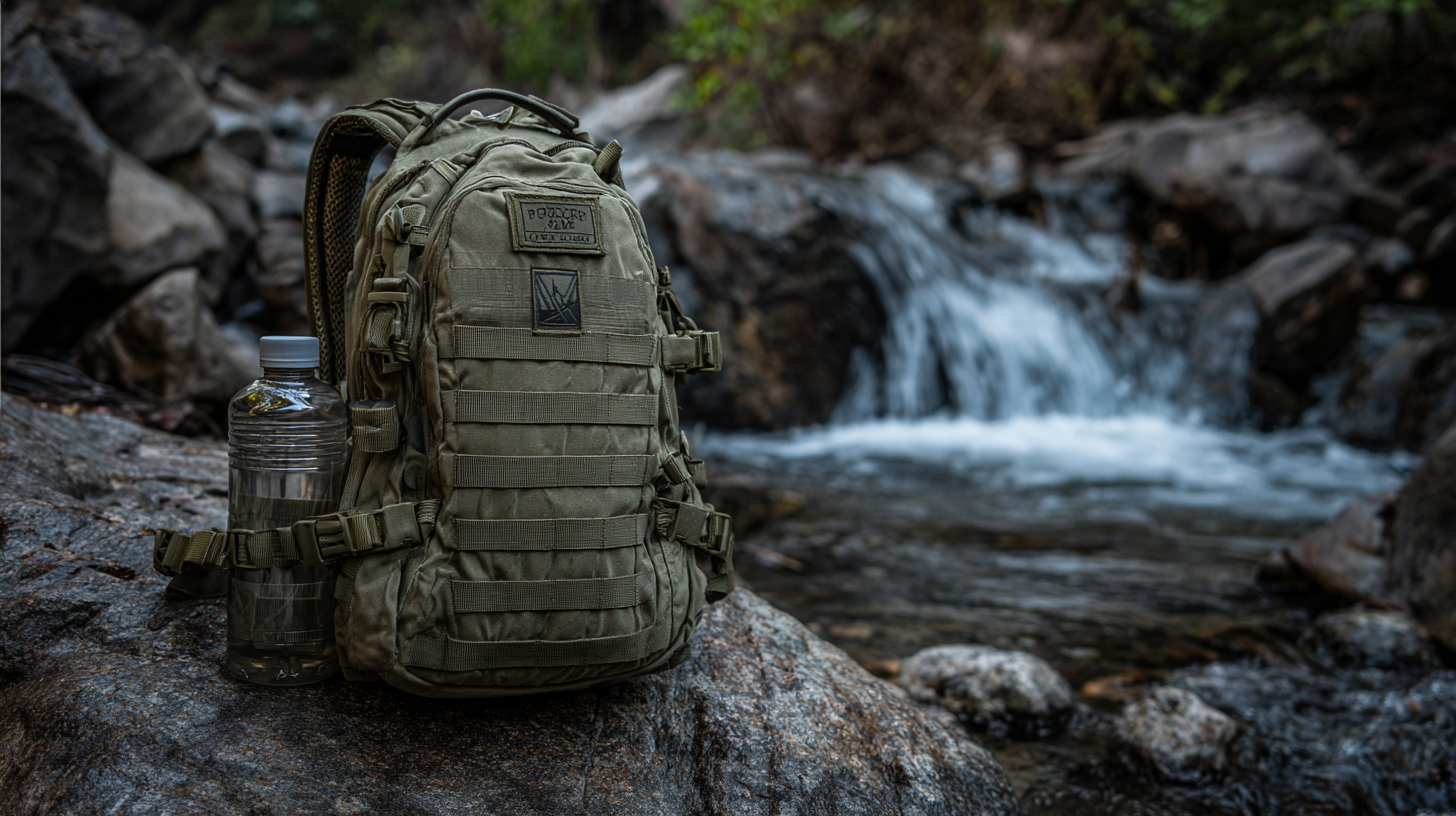
Evolution of Military Hydration Bags: Key Innovations Over the Years
The evolution of military hydration bags has witnessed significant innovations aimed at enhancing the performance and efficiency of soldiers in the field. Initially, the design of hydration systems was rudimentary, often involving simple canteens. However, as military operations grew more demanding, the need for comprehensive hydration solutions became evident. This led to the integration of advanced materials, such as lightweight polymers and insulated compartments, which improved water retention and temperature control, ensuring that troops always had access to potable water in extreme environments.
One of the pivotal innovations in hydration bag design was the introduction of the bladder system, allowing for hands-free drinking via a tube. This advancement not only facilitates continuous hydration during combat or strenuous activities but also enhances operational safety by minimizing the need to stop and fumble with traditional water containers.
Furthermore, recent developments have incorporated filtration systems, enabling soldiers to purify water from natural sources, thereby increasing their self-sufficiency and reducing logistical burdens. Each iteration of military hydration bags reflects a commitment to enhancing soldier welfare and operational efficiency, underscoring the critical role of hydration in survival science.
Comparative Analysis of Hydration Bag Efficiency in Field Conditions
The efficiency of military hydration bags in field conditions has become a focal point in survival science, especially as soldiers face hydration challenges in extreme environments. According to a 2022 report from the U.S. Army Research Institute of Environmental Medicine, soldiers can lose up to 2-3 liters of fluid per hour during high-intensity operations in hot climates. This emphasizes the crucial role hydration systems play in maintaining performance and reducing the risk of heat-related illnesses.
Comparative analyses of various hydration bag designs reveal significant differences in usability and water delivery efficiency. A study published in the Journal of Military Medicine highlighted that hydration systems with a hands-free drinking capability reduce the time spent on hydration breaks by up to 40%, which can be critical during tactical operations. Additionally, the study found that hydration bags with insulation maintained water temperature more effectively, ensuring soldiers have access to cool water even under the sun’s glare. These advancements demonstrate how continuous innovation in hydration technology can directly impact operational effectiveness and soldier safety in the field.
Survival Science Principles in the Design of Military Hydration Systems
The design of military hydration systems is fundamentally rooted in
survival science principles, which seek to optimize performance and endurance in extreme environments.
According to a 2022 report by the U.S. Army Research Institute of Environmental Medicine, maintaining hydration levels is critical,
as even a 2% loss in body weight due to dehydration can significantly impair cognitive and physical performance.
This necessity has led to advancements in hydration bag designs that incorporate insulated materials and lightweight structures
to enhance user mobility while retaining efficiency.
Furthermore, the integration of features such as adjustable flow rates and antimicrobial coatings
addresses both the functional and health aspects of hydration. A study by the Defense Health Agency found that soldiers using
advanced hydration systems reported a 30% reduction in fatigue-related incidents during extended missions.
This demonstrates how the adherence to survival science principles not only meets physiological hydration requirements
but also boosts overall operational effectiveness, proving that innovation in hydration technology can have profound implications
for military readiness and soldier welfare.
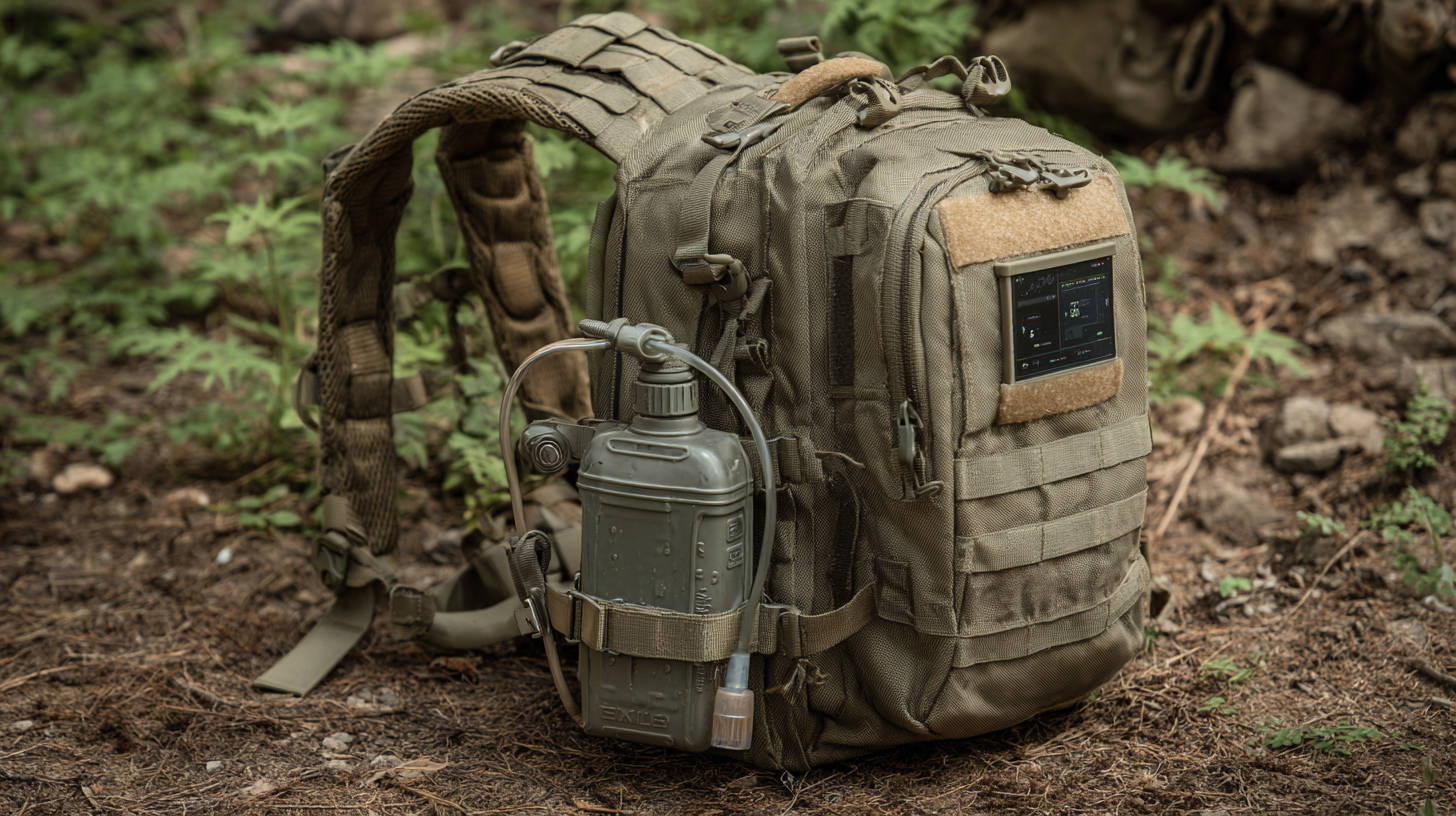
Impact of Hydration on Soldier Performance and Endurance: A Scientific Perspective
Hydration plays a crucial role in enhancing soldier performance and endurance on the battlefield. Scientific research indicates that even a 2% decrease in body water can lead to significant impairments in physical performance, cognitive function, and overall soldier effectiveness. A study published in the Journal of Strength and Conditioning Research found that soldiers who were adequately hydrated exhibited up to 25% better physical performance, demonstrating the vital link between hydration and operational efficiency. As such, military hydration systems are designed to not only accommodate sufficient water intake but also to optimize convenience and accessibility during missions.
Incorporating advanced materials and innovative designs, modern military hydration bags aim to promote regular fluid consumption in high-tempo environments. According to a report by the U.S. Army Research Institute of Environmental Medicine, soldiers who have easy access to hydration systems tend to maintain better hydration levels, which correlates with improved endurance and resilience, particularly in extreme conditions. Additionally, current hydration strategies emphasize not only water intake but also the incorporation of electrolytes to combat dehydration effects in prolonged operations. This scientific perspective confirms that prioritizing hydration can significantly impact a soldier's operational readiness and overall mission success.
Future Trends in Military Hydration Technology: What to Expect in the Coming Years
The future of military hydration technology is poised for transformative advancements as military forces increasingly recognize the importance of hydration in combat and survival scenarios. By 2025, the global electronic diving watch market is projected to reach $259.9 million, illustrating a growing trend in specialized gear that enhances soldiers' operational capabilities. This growth signifies a broader shift toward high-tech solutions in military logistics, and hydration bags are expected to evolve alongside these technologies. Innovations may include smart hydration systems equipped with sensors that monitor hydration levels and provide real-time data for soldiers, ensuring peak performance in the field.
In addition to smart capabilities, future military hydration technology will likely embrace materials and designs that enhance durability and functionality. As warfare evolves, with a focus on remote and intelligent systems, hydration solutions must be lightweight yet robust to support extended missions in diverse environments. Emerging trends suggest collaboration with tech companies to integrate artificial intelligence and advanced materials into hydration solutions, increasing efficiency while aligning with military objectives. This evolution will position military hydration bags as critical components in the broader landscape of modern warfare, where every ounce of gear efficiency contributes to mission success.

Home
About Us
Products
FAQ
News
Contact Us






 Hunting And Shooting Bag LSH
Hunting And Shooting Bag LSH Tactical Military Bag & Vest LST
Tactical Military Bag & Vest LST Archery Bag LSC
Archery Bag LSC Fishing Bag LSF
Fishing Bag LSF Others LSB
Others LSB
